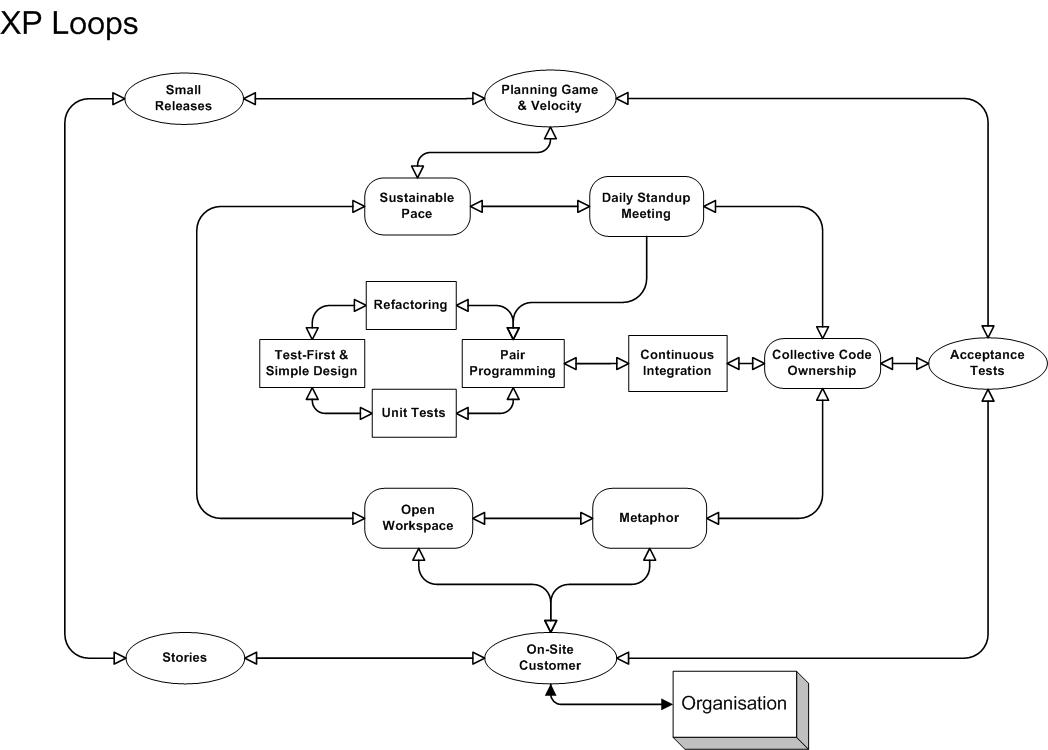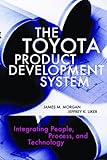Estimating Business Value
At XP Days London I attended an Open Space session on “Estimating Business Value”. Ironically, it was hard to hear the other people in the working group because of the noise generated by the working group next to us discussing “Agile isn’t solving our customers problems because they’re not here“. Yup, we were discussing business value with not a customer in sight or any idea on how we could involve them in the discussion.
The topic of the session was
How do we estimate the Business Value of User Stories?
We didn’t get much result from the discussion. There’s no writeup on the open space wiki. I don’ t know if the organiser of the session got anything out of the session. I didn’t.
First of all, the session never defined what “Business Value” is. That’s the topic of a later blog post.
Secondly, I don’t think you can get a good answer to that question because it’s the wrong question.
Why is this the wrong question?
Because it presupposes that we first write User Stories and then estimate their value.
If we don’t know the value of the stories, we risk writing a lot of low (or zero) value stories. And many teams do. We write lots of User Stories in the hope of discovering the high value ones. We end up with a lot of stories that then have to be prioritised, valued, estimated and managed. Portia taught me a colourful description of this result: a Vomit of User Stories.
What are the consequences of a Vomit of User Stories?
We spend a lot of time on them:
- user story telling meetings
- user story cost estimation meetings
- user story value estimation meetings (that’s the meeting where we force our product owner to put a value number on the user story)
- user story planning meetings
Just to decide what gets done in the next iteration.
If we estimate and track tasks, not stories, we need to add
- task breakdown meetings
- task estimation meetings instead of story estimation meetings
Add to that
- an iteration retrospective
- a mid-iteration review
- a show and tell meeting
- daily standup meetings
Meanwhile, there’s “backlog grooming” going on. It’s a wonder anything gets done in an iteration!
Indeed, I’ve heard many managers and developers of companies that have started with Agile complain about the many meetings. They feel that they’re not getting much done.
So, what’s the correct question then?
How do we find the User Stories that deliver the Business Values?
That presupposes a different process: one where we first define what Business Values we intend to achieve and then generate those User Stories that contribute to the Business Values.
That should be a no-brainer, right?
- We first decide what values (or benefits) we want to achieve before lauching a project or product
- Then we find and improve the business processes that deliver that value
- Then we find and improve the supporting business processes that make the value-delivering processes possible
- When the team needs user stories, we take the highest value processes and break them down into user stories at the right level of granularity for the team’s needs. The team pulls the stories, so we only generate a minimal set of user stories.
The User Stories that implement those business processes clearly contribute to the business values, otherwise we wouldn’t even have considered them.
What’s the value of an iteration?
We keep talking about value and business value, but for our customers there’s no value delivered by iterations. They see real value when the product (and that’s not just software, despite “Working software over comprehensive documentation”!) gets released into the hands of users. Iterations (more correctly: timeboxes) are a useful project management tool, no more.
What’s the business value of a story?
I don’t think it matters much.
Why do you want to know the business value of a user story?
- It’s no longer needed to eliminate zero or low value user stories, because we don’t create or consider them at all.
- Another use could be to prioritise user stories by business value in a release or timebox. If we’ve already prioritised the business values and the processes that deliver them, we need to make sure the processes are implemented completely. So, I’d schedule user stories in such a way as to finish the high value processes as soon as possible and have as few processes in progress as possible. Other considerations, like dependencies, constraints, risks and real options, will weigh much more heavily when scheduling.
Why else would you want to know the business value of a user story?
I see no need to put a Business Value number on User Stories.
In the end, the customer doesn’t care about the allocation of user stories to timeboxes. They care that the selected business values are delivered in the release.
Asking the right question
Before we can find the right User Stories, we first need to ask our customers
What are the business values, the benefits, you need to achieve with this project or product? And how will you know you got them?
So, instead of inviting your customers to XP Days, why don’t you go to them and ask some questions? Asking questions is simple, but not easy.
Do you know what values your work is going to deliver? Do you know how your work delivers those values? If not, why are you doing this project? Why are you being paid?

 And yet, a book like
And yet, a book like  The Toyota Production System (and all the material derived from it) doesn’t say much about value because value has already been defined and is a constant (or constraint) for production.
The Toyota Production System (and all the material derived from it) doesn’t say much about value because value has already been defined and is a constant (or constraint) for production. 

